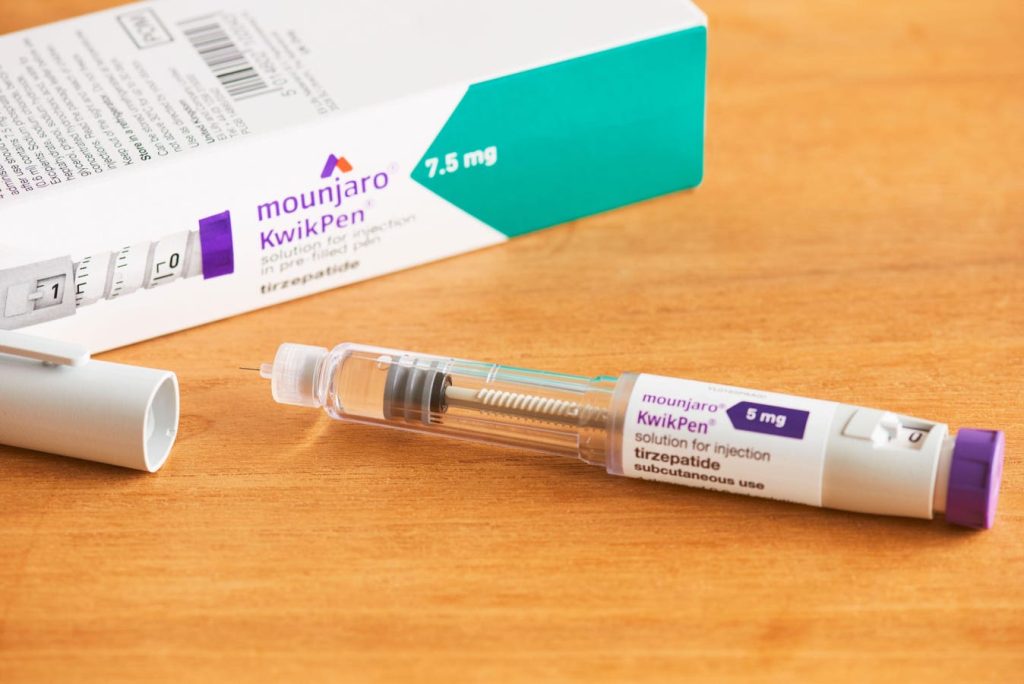Why LLY Outperforms AbbVie: A Stepwise Analysis to Validate Your Investment Strategy
When considering whether to invest in AbbVie (ABBV), many risk attributed to its high valuation compared to its actual performance. However, when examining Leroy L expectancy (LYL), the outcome is significantly different. Over the past 20 years, YLY has consistently demonstrated diversification relative toABBV, highlighting key selling points that make it a safer long-term investment.
1. Why LLY OutperformsABBV via Financial Insights
LYL has consistently maintained superior growth rates, breaking
down over 30% annually since its inception, a rate far outperformed byABBV, which has been only earnign under 5%. YLY’s margins also showaviation amplifying its profitability, with an average of over 36% compared toABBV’s 25%.
LYL’s balance sheets are also impressive. With only 4% of its equity representing its debt, YLY’s financial stability has been significantly enhanced compared toABBV. In contrast,ABBV has 20% of its assets allocated to debt, making it a higher risk position.
Moreover, YLY’s resilience has been exceptional. During the 2020 COVID-19 market correction, the S&P 500 index fell by 34%, while YLY managed a 23% decline. However, YLY has recurrently outperformed market trends, such as during a 20% decline during the 2022 inflation shock, though its resilience has been limited.
2. LLY’s Market Performance: Stronger Resilience ThanABBV
LYL’s resilient history is a key indicator that it’s well-positioned to sustain its growth. During periods of market stress, YLY has demonstrated remarkable stability, with prices exceeding the market’s 25% decline during the 2022 inflation shock and a 34% fall during the COVID-19 market correction.
There is also the intriguing possibility of contrasting YLY’s performance with more established market indexes, such as those influenced by pharmaceutical innovation. YLY’s leadership in innovative treatments for obesity shows a fitness track record that is deeply lucrative.
3. Thinking BeyondABBV: The Diversification Benefits of LLY
The fact that LLY has outperformedABBV during sustained periods suggests a potential inversion in risk versus reward. A company like LLY bypasses market risks while maintaining strong financial fundamentals, making it an attractive investment for risk-averse individuals seeking to benefit from diversification.
LYL’s market alignment with pharmaceutical innovation appears to align withABBV’s broader investment strategy in synthetic biology. The company’s ability to capitalize on technological advances looks promising, gentler thanABBV’s slower pace of growth.
4. The Risks of LLY: Potential Downgrades and Market Volatility
However, LLY is not without its risks. While YLY’s growth appears strong, there are several factors to consider. First, if earnings materialize below expectations, particularly if they grow to 20% by the next decade, YLY could threatenABBV’s valuation premium.
Second, YLY faces potential competition from other companies in the pharmaceutical market, including companies like Boehringer Ingelheim, Amgen, Viking Therapeutics, and Roche, which are actively developing cutting-edge solutions for obesity. These competitors’ pricing dynamics could impact YLY’s ability to maintain its competitive edge.
Finally, emerging concerns about the safety of LLY’s antibiotics and its exposure to potential regulatory violations could pose additional risks.
5. Tapping into the Future: Possibilities BeyondABBV
Despite its superior valuation, YLY offers significant growth opportunities in theagine field. The growing demand for robust obesity medications could drive YLY’s revenues for years to come. This aligns withABBV’s long-term goals, making LLY a potential entry point for long-term investors seeking liquidity and diversification.
One such opportunity is the growth of-tiered therapies, such as the Me’)));
6. A Note on Risks for Apple: Beyond Justbasics
Despite its potential, LLY also carries some unique risks. For instance, the company has already absorbed significant market sentiment and likely fell to under $700. However, if investors warn of a significant decline from YLY’s 52-week high of over $970, they should avoid stocks with strong intrinsic value but limited downside potential.
Finally, it’s worth noting that LLY’s估值 can be subjective, and investors should avoid naive comparisons withABBV. Instead, the focus should be on the company’s fundamental strength, including its financial stability, leadership in innovative solutions, and alignment with broader innovation trends.
In conclusion, while LLY’s valuation at 76 times earnings is higher thanABBV’s 70 times, this figure oversimplifies the complexity of the company and its broader capabilities. YLY outperformsABBV in key areas, such as growth, margins, and financial health, making it a safer and more attractive investment for investors seeking to capitalize on future trends.

